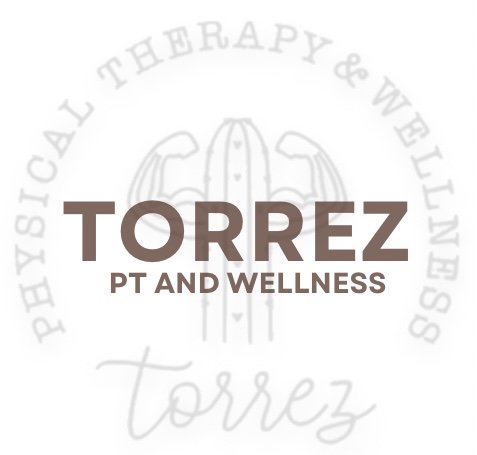The Power of Red Light Therapy in Rehabilitation, Hormonal Balance, and Mental Health
Red light therapy (RLT) is emerging as a versatile and effective treatment in the fields of rehabilitation, hormonal health, and mental wellness. This non-invasive therapy uses low-level wavelengths of red light to penetrate the skin and promote cellular regeneration and healing. In this post, we’ll delve into how red light therapy is being utilized in the rehabilitation world, its effects on hormonal balance, and its mental health benefits.
Red Light Therapy in Rehabilitation
Overview: Red light therapy has gained traction in the rehabilitation world for its ability to enhance tissue repair and reduce inflammation. By stimulating mitochondrial function, RLT helps cells produce more energy, which accelerates the healing process.
Benefits in Rehab:
• Pain Reduction: RLT can effectively reduce pain by decreasing inflammation and promoting cellular repair. This is particularly beneficial for conditions like arthritis, tendonitis, and chronic joint pain.
• Improved Muscle Recovery: Athletes and individuals recovering from muscle injuries use RLT to speed up muscle recovery, reduce soreness, and improve overall muscle function.
• Enhanced Wound Healing: RLT promotes faster healing of wounds and injuries by enhancing blood flow and reducing oxidative stress in the affected areas.
When to Use: Red light therapy can be integrated into a rehabilitation program for chronic pain, sports injuries, post-surgical recovery, and other musculoskeletal conditions. It’s a safe and effective complement to traditional physical therapy treatments.
Red Light Therapy for Hormonal Balance
Overview: Hormonal imbalances can lead to a range of health issues, including fatigue, mood swings, and metabolic disorders. Red light therapy has shown promise in regulating hormone levels and improving overall hormonal health.
Hormonal Benefits:
• Thyroid Function: Studies have indicated that RLT can improve thyroid function, particularly in individuals with hypothyroidism. It helps in reducing inflammation and stimulating hormone production.
• Testosterone Levels: In men, RLT has been shown to increase testosterone levels, which can enhance energy levels, muscle mass, and overall well-being.
• Menstrual Health: For women, RLT may help alleviate symptoms of menstrual disorders by reducing pelvic inflammation and promoting hormonal balance.
When to Use: Individuals experiencing hormonal imbalances or related symptoms might benefit from incorporating red light therapy into their routine. Always consult with a healthcare provider to tailor the therapy to specific hormonal needs.
Mental Health Benefits of Red Light Therapy
Overview: Mental health is a critical component of overall well-being, and red light therapy is proving to be a valuable tool in managing conditions such as depression, anxiety, and seasonal affective disorder (SAD).
Mental Health Benefits:
• Mood Enhancement: RLT has been shown to boost mood by increasing the production of serotonin, the “feel-good” hormone. This can help alleviate symptoms of depression and anxiety.
• Improved Sleep: Exposure to red light can help regulate circadian rhythms, leading to better sleep quality and duration. This is particularly beneficial for individuals suffering from insomnia or other sleep disorders.
• Reduced Stress: By promoting relaxation and reducing inflammation, RLT can help lower cortisol levels, thereby reducing stress and its negative impacts on the body.
When to Use: Red light therapy can be an effective adjunct to traditional mental health treatments. It is suitable for individuals looking to improve their mood, reduce stress, and enhance sleep quality.
Red light therapy is a powerful and versatile tool that offers significant benefits in the realms of rehabilitation, hormonal balance, and mental health. Its non-invasive nature and broad range of applications make it an attractive option for those seeking holistic and effective treatments.
Integrating red light therapy into your wellness routine can enhance your overall quality of life by promoting physical healing, hormonal balance, and mental well-being.
Yours Truly,
Savannah Torrez, PT, DPT, COMT
“Discipline is doing what needs to be done, even when you don’t want to do it.” – Unknown
